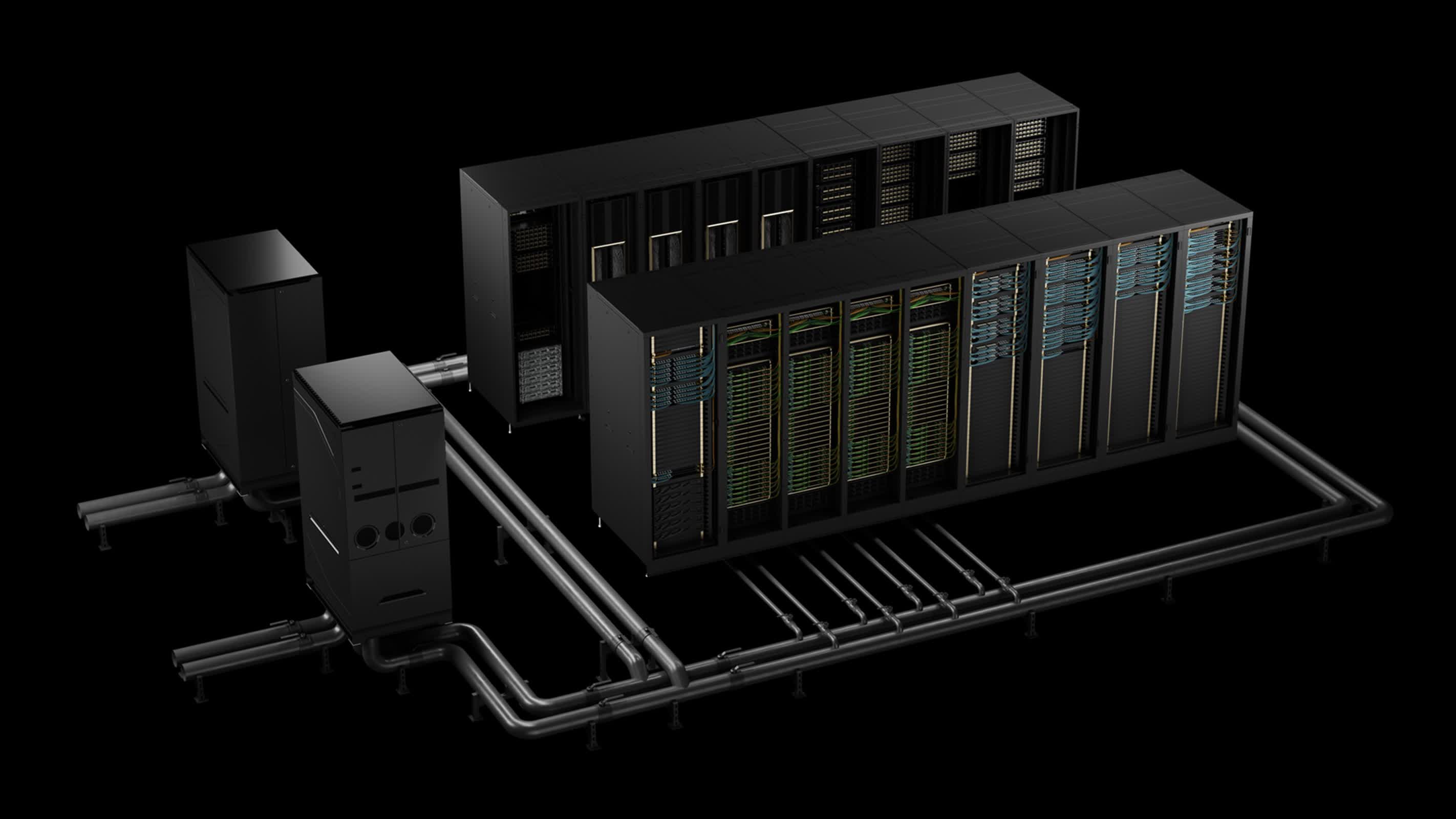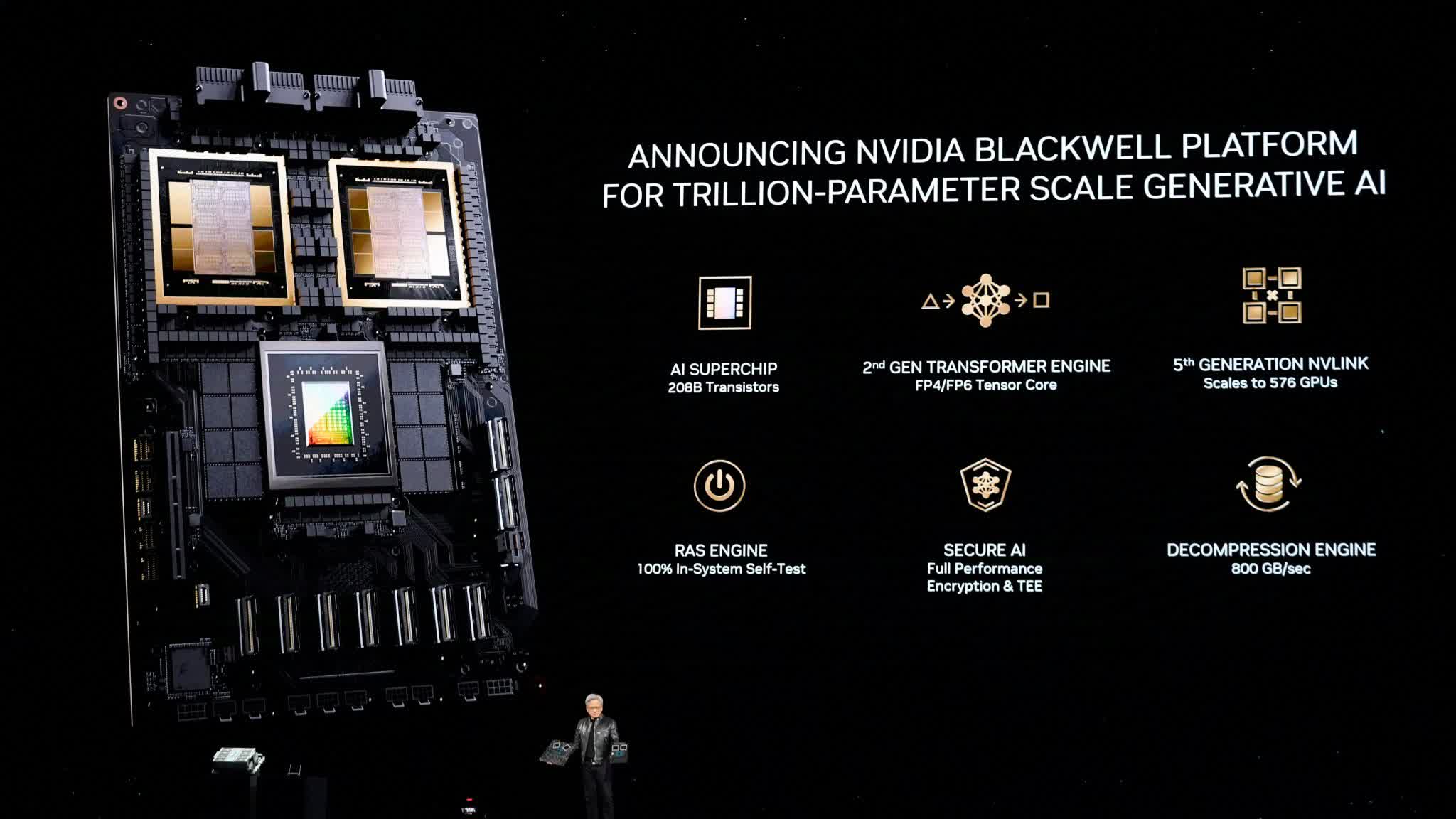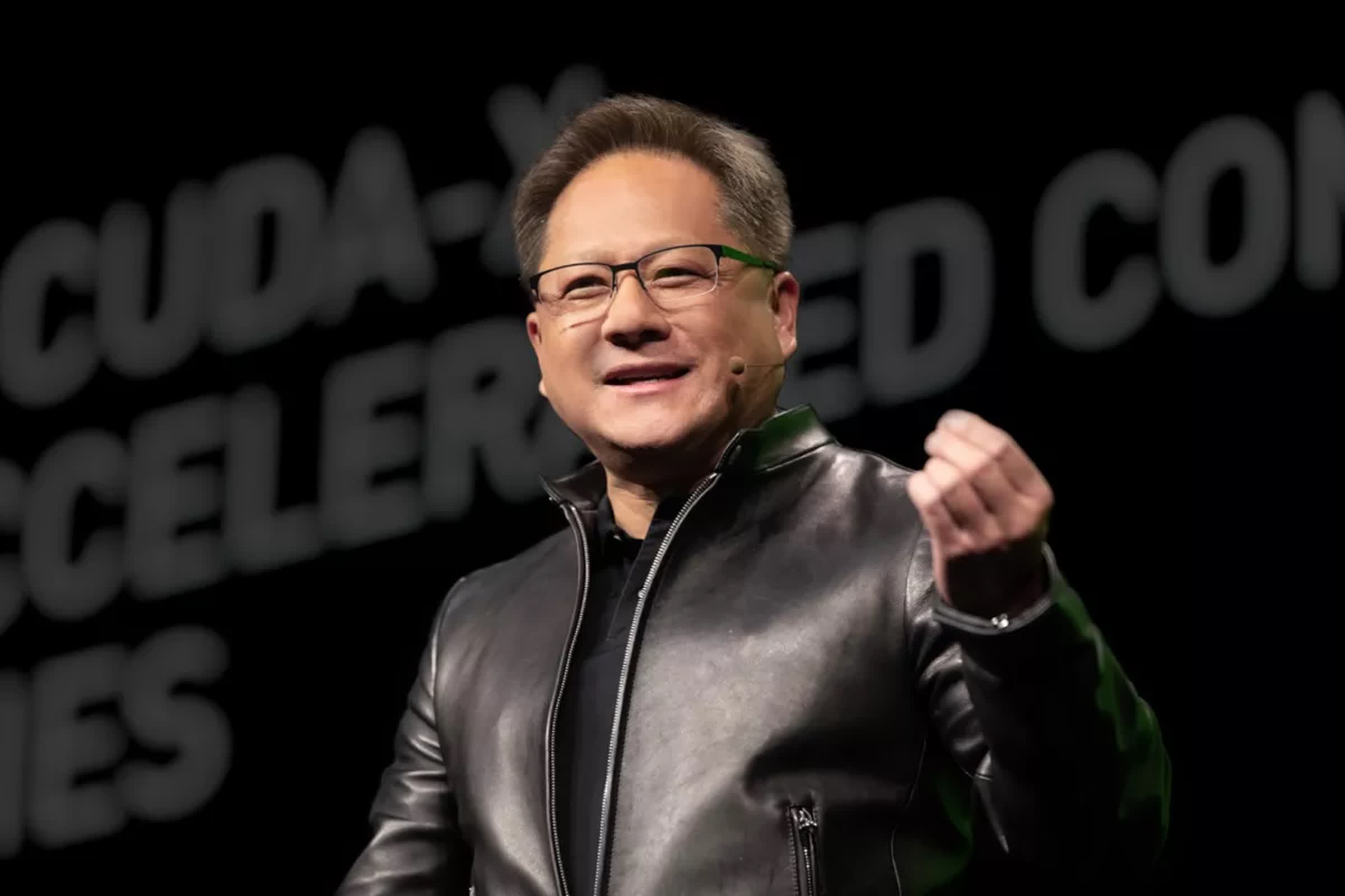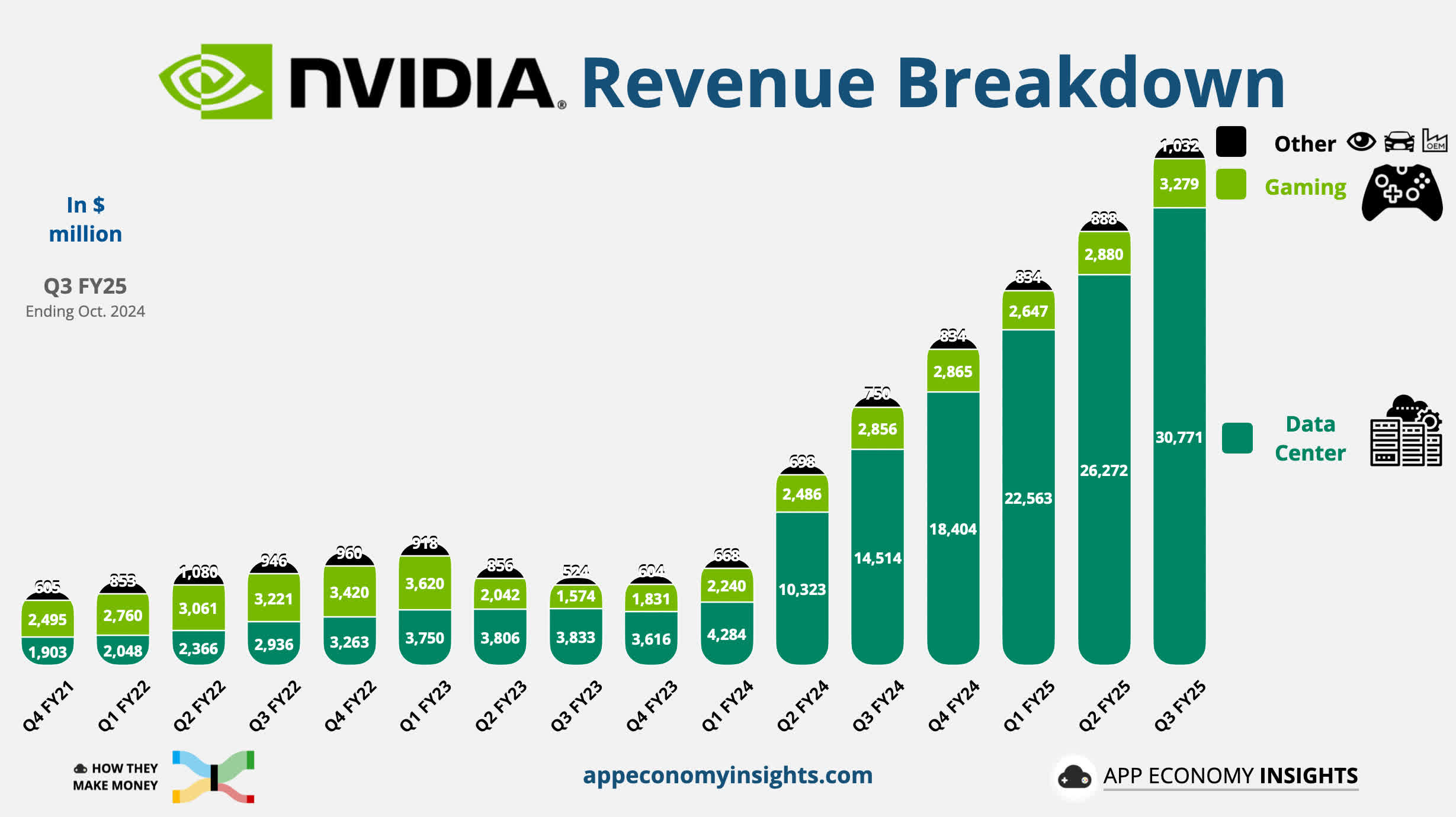Through the looking glass: Nvidia CEO Jensen Huang really likes the concept of an AI factory. Earlier this year, he used the imagery in an Nvidia announcement about industry partnerships. More recently, he raised the topic again in an earnings call, elaborating further: "Just like we generate electricity, we're now going to be generating AI. And if the number of customers is large, just as the number of consumers of electricity is large, these generators are going to be running 24/7."
"The next industrial revolution has begun," Huang said during a recent Nvidia announcement. "Companies and countries are partnering with Nvidia to shift the trillion-dollar traditional data centers to accelerated computing and build a new type of data center – AI factories – to produce a new commodity: artificial intelligence."
The comments don't expound on Nvidia's earnings or projected roadmap – topics more usually raised in an earnings call – but they are worth exploring.
Huang's vision of AI factories running 24/7 to produce AI outputs – whether it's language processing, image creation, or complex data analysis – to meet the growing demands of businesses and consumers represents a paradigm shift in how we think about computing, artificial intelligence, and computational resources in general.
"Today, many AI services are running 24/7, just like an AI factory. And so, we're going to see this new type of system come online, and I call it an AI factory because that's really as close to what it is. When we say generative AI, we're essentially saying that these data centers are really AI factories. They're generating something."
Just as electricity generation has scaled to meet the needs of an industrializing world, Huang seems to think that AI production will scale to meet the growing demands of a digitally transforming society, despite the challenges such growth will present. Fueling this growth will be a large customer base for AI services, similar to the widespread electricity consumption.
First, though, a lot must happen.

Traditional data centers must be reimagined and redesigned to function as these "AI factories." This transformation will likely involve significant changes in hardware architecture, cooling systems, and power management to support the intensive computational needs of AI production.
The concept of 24/7 AI generation also raises important questions about energy consumption. As these AI factories operate continuously, sustainable and efficient energy solutions will be needed to power them.
Assuming these issues are addressed, the ability to "generate" AI on demand could lead to new business models and services. Companies might offer AI capabilities as a utility, similar to how electricity is provided.
With ubiquitous AI, there will be significant changes in the job markets. Despite companies' protestations that AI will not replace workers, in the world Huang has painted, it will. Yes, AI can create new opportunities in AI management and development, but it will also lead to the automation of certain tasks, displacing many workers.

These AI factories also raise questions that are simply not answerable right now. With AI being produced at such a large scale, how will data security and user privacy be ensured? How will governments and regulatory bodies adapt to this new paradigm of AI as a utility? As AI becomes more ubiquitous, how will we address ethical concerns about AI decision-making and potential biases?
Huang's vision of AI factories represents a bold prediction for the future of computing and artificial intelligence. At its very best, it could lead to a world where AI is as ubiquitous and essential as electricity, transforming industries and creating new opportunities.
It's just too bad Huang didn't elaborate on the questions his vision raises about infrastructure, energy use, economic models, and the role of AI in society.

